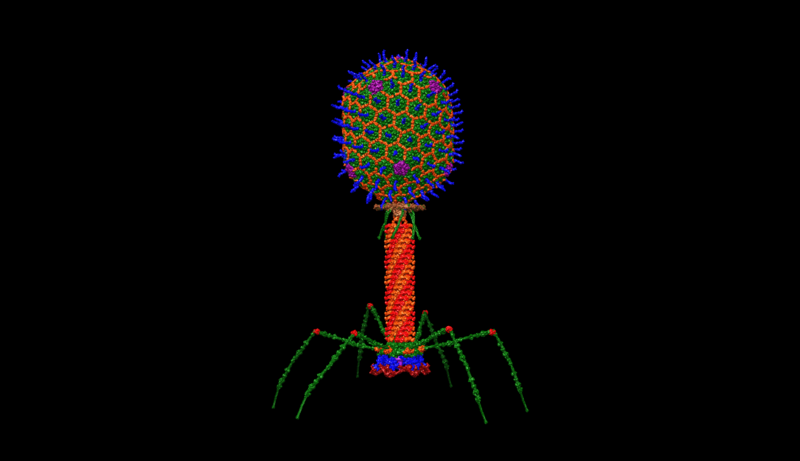Canadian scientists are studying the ways killer viruses could actually help save lives.
What happened: Canada’s first-ever study using phages to combat superbugs is showing some early signs of success. “What on Earth is a phage,” you ask? They’re common, naturally-occurring viruses that solely kill and selectively target bacteria.
- A study participant was deemed completely cured of a chronic antibiotic-resistant urinary tract infection, claiming she felt better within the first 48 hours of treatment.
How it works: Phages are extracted from a sample and then delivered to a patient like any other drug (intravenously, orally, etc.). Once in the body, they target a specific harmful bacteria, injecting their DNA into it and rapidly producing more phages until the bacteria dies.
Yes, but: Phages are pickier than a toddler at dinner time. Most only target one strain of bacteria (which varies from phage to phage), meaning treatments are expensive and clinical trials are difficult—since studies need to find enough infected patients with the same strain.
Why it matters: Phage therapy’s unique nature makes it highly effective, while also mitigating risks that come with antibiotics, like copious side effects and the creation of new, drug-resistant superbugs. This is a huge deal as we enter the “post-antibiotic age.”
- Antibiotic-resistant superbugs are on track to kill some 396,000 Canadians by 2050 according to the Public Health Agency of Canada, and 10 million worldwide.
What’s next: Phage therapy it’s still in the trial phase in Canada, with the current study hoping to get an opinion on phage safety back from Health Canada within two years.
Zoom out: Canada lags behind other countries. Phage therapy is allowed in the US and parts of Europe as a last-resort medical option. Georgia, of all countries, is a leader in phage research because the Canuck who discovered phages moved there in the 1930s.—QH
